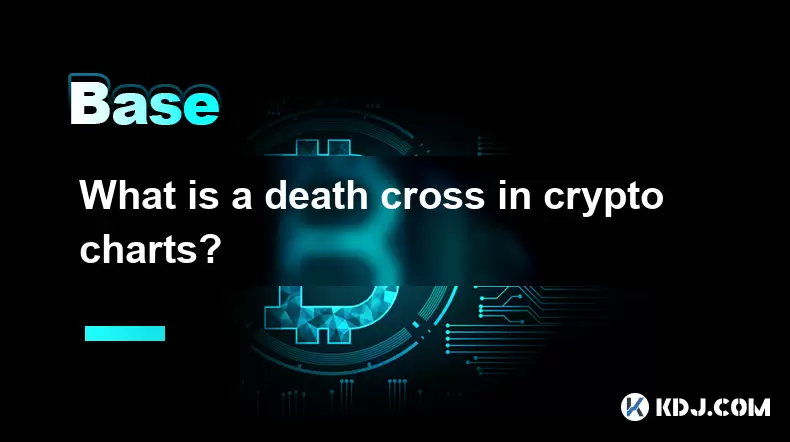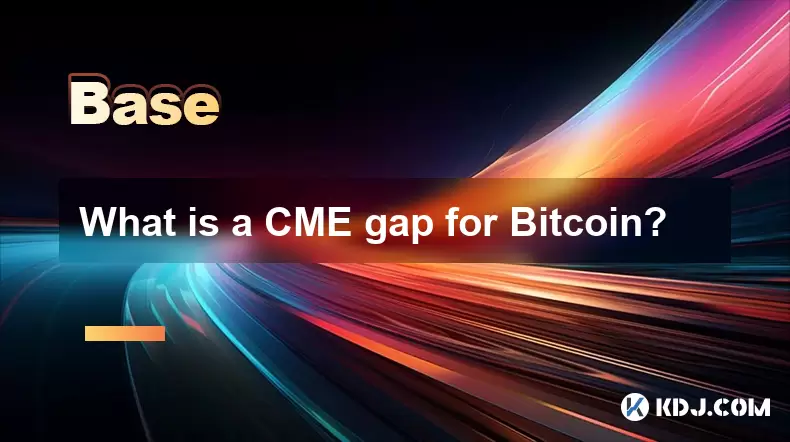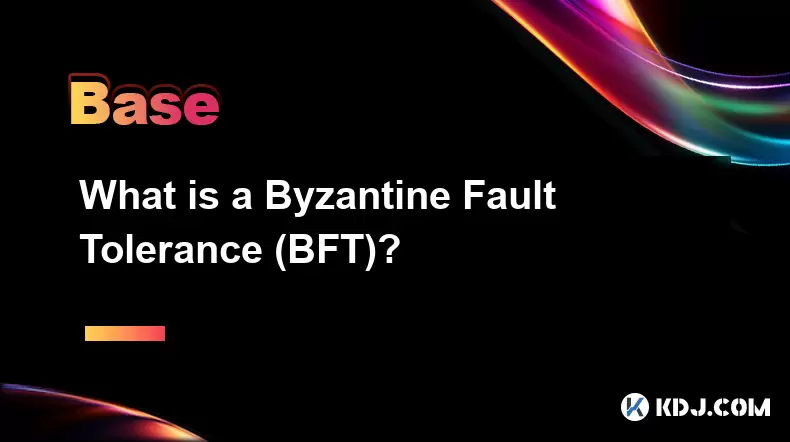-
 Bitcoin
Bitcoin $109,459.7682
2.44% -
 Ethereum
Ethereum $2,598.6052
6.29% -
 Tether USDt
Tether USDt $1.0003
0.00% -
 XRP
XRP $2.2734
3.95% -
 BNB
BNB $661.4886
1.58% -
 Solana
Solana $155.4825
4.35% -
 USDC
USDC $0.9999
-0.02% -
 TRON
TRON $0.2838
1.04% -
 Dogecoin
Dogecoin $0.1740
8.25% -
 Cardano
Cardano $0.6047
9.04% -
 Hyperliquid
Hyperliquid $40.2302
6.50% -
 Sui
Sui $2.9863
10.05% -
 Bitcoin Cash
Bitcoin Cash $509.5786
0.60% -
 Chainlink
Chainlink $13.8156
6.03% -
 UNUS SED LEO
UNUS SED LEO $9.0142
0.69% -
 Avalanche
Avalanche $19.0337
8.68% -
 Stellar
Stellar $0.2438
5.17% -
 Toncoin
Toncoin $2.9012
3.59% -
 Shiba Inu
Shiba Inu $0.0...01210
6.20% -
 Litecoin
Litecoin $90.0882
7.05% -
 Hedera
Hedera $0.1597
8.53% -
 Monero
Monero $326.3340
2.88% -
 Polkadot
Polkadot $3.6365
9.32% -
 Bitget Token
Bitget Token $4.6162
2.72% -
 Dai
Dai $1.0001
0.00% -
 Ethena USDe
Ethena USDe $1.0002
-0.01% -
 Uniswap
Uniswap $7.6403
10.47% -
 Pepe
Pepe $0.0...01060
12.03% -
 Aave
Aave $281.3664
7.56% -
 Pi
Pi $0.4992
1.76%
What is a death cross in crypto charts?
A death cross on crypto charts signals potential bearish momentum when the 50-day MA falls below the 200-day MA, often prompting traders to reassess positions amid heightened volatility.
Jul 03, 2025 at 11:01 am

Understanding the Death Cross in Cryptocurrency Charts
A death cross is a technical analysis indicator that occurs when a short-term moving average drops below a long-term moving average, signaling a potential bearish trend. In the context of cryptocurrency charts, this pattern has gained significant attention due to the highly volatile nature of digital assets. The most commonly referenced death cross involves the 50-day moving average (MA) falling below the 200-day MA, although variations exist depending on trader preferences and market conditions.
This crossover is considered a strong signal by many traders and analysts, especially when it appears after a prolonged bullish phase. It often triggers sell-offs as investors interpret it as a sign of weakening momentum and an impending downtrend.
Note: A death cross can occur across any timeframe, but its significance increases on higher timeframes such as daily or weekly charts.
How the Death Cross Forms on Crypto Charts
The formation of a death cross follows a specific sequence:
- The price experiences a sustained upward movement.
- Buyers begin losing control, and selling pressure starts to build.
- As the 50-day MA begins to decline, it crosses under the 200-day MA.
This transition reflects a shift in market sentiment from bullish to bearish. On crypto charts, which are known for sharp price swings, the death cross may appear more frequently than in traditional markets.
Key point: The death cross does not guarantee a continued downtrend; it merely indicates a change in momentum that requires further confirmation through volume and other indicators.
Historical Examples of Death Crosses in Crypto Markets
Bitcoin, Ethereum, and other major cryptocurrencies have experienced death crosses during notable market downturns:
- In late 2018, Bitcoin formed a death cross shortly before entering a prolonged bear market.
- During the March 2020 crash triggered by global economic uncertainty, several altcoins showed death crosses before recovering later in the year.
- In early 2022, as macroeconomic pressures mounted, both BTC and ETH displayed death crosses ahead of extended corrections.
These examples illustrate how the death cross has historically correlated with downward price action in crypto, though not every instance leads to a deep correction.
Important: Historical performance does not guarantee future results; always combine technical signals with broader market context.
Differentiating the Death Cross from Other Crossovers
While the death cross signals bearish momentum, there is another well-known counterpart called the golden cross, which occurs when the 50-day MA rises above the 200-day MA, indicating a potential bullish reversal.
Traders must distinguish between these two patterns to avoid misinterpreting market conditions:
- Death Cross: Short-term MA < Long-term MA → Bearish
- Golden Cross: Short-term MA > Long-term MA → Bullish
Some traders use additional tools like Relative Strength Index (RSI) or MACD to confirm whether a death cross is valid or simply a temporary pullback.
Tip: Always check volume levels around the time of the cross — a spike in selling volume strengthens the bearish signal.
Using the Death Cross in Trading Strategies
Many crypto traders incorporate the death cross into their decision-making process, particularly in automated systems and algorithmic trading setups. Here's how some traders approach it:
- Short-Term Traders: May initiate short positions or tighten stop-loss orders once the death cross forms.
- Long-Term Investors: Might reduce exposure or pause buying until the trend stabilizes.
- Algorithmic Systems: Often use death cross signals in combination with other filters to trigger sell orders automatically.
However, because crypto markets are prone to whipsaws and false signals, relying solely on the death cross can be risky.
Actionable insight: Combine death cross alerts with support/resistance zones and fundamental developments for better accuracy.
Frequently Asked Questions About the Death Cross in Crypto
Q: Does the death cross work equally well for all cryptocurrencies?
No, the effectiveness of the death cross varies depending on the liquidity, market capitalization, and overall volatility of the asset. Major coins like Bitcoin and Ethereum tend to follow the pattern more reliably than smaller-cap altcoins.
Q: Can a death cross turn into a false signal?
Yes, especially in highly volatile crypto markets. A death cross may form temporarily during a sideways or consolidating phase and then reverse as the uptrend resumes.
Q: Is it possible to trade the death cross profitably in crypto?
It’s possible, but success depends on proper risk management, timing, and integration with other analytical tools. Many profitable traders use the death cross as a warning rather than an absolute sell command.
Q: Should I panic if I see a death cross forming on my favorite crypto chart?
Not necessarily. A death cross is just one indicator among many. Evaluate the broader market environment, news events, and on-chain metrics before making decisions based solely on technical signals.
Disclaimer:info@kdj.com
The information provided is not trading advice. kdj.com does not assume any responsibility for any investments made based on the information provided in this article. Cryptocurrencies are highly volatile and it is highly recommended that you invest with caution after thorough research!
If you believe that the content used on this website infringes your copyright, please contact us immediately (info@kdj.com) and we will delete it promptly.
- Coinbase's Crypto Conquest: The Liquifi Acquisition and the Token Revolution
- 2025-07-03 16:30:12
- Neo Pepe Coin: Can This Meme Coin Make Waves in the 2025 Crypto Market?
- 2025-07-03 16:50:12
- Toncoin, Dogecoin, and Shiba Inu: A Wild Ride in the Crypto Zoo
- 2025-07-03 16:30:12
- AllScale: Stablecoin Solutions Empowering Small Businesses – A New York Perspective
- 2025-07-03 16:35:12
- Neo Pepe Coin Presale: Is This Meme Coin a Serious Crypto Investment?
- 2025-07-03 17:10:11
- Memecoins to Buy in July 2025: Riding the Hype or Investing Wisely?
- 2025-07-03 17:10:11
Related knowledge

What is open interest in derivatives?
Jul 03,2025 at 02:49pm
Understanding Open Interest in DerivativesOpen interest is a critical metric used in the cryptocurrency derivatives market, particularly when analyzing futures and options contracts. It represents the total number of outstanding contracts that have not been settled or closed by either party involved. Unlike trading volume, which counts all trades made i...

What is a CME gap for Bitcoin?
Jul 03,2025 at 05:49pm
Understanding the Concept of a CME GapA CME gap refers to a discrepancy in price between the closing price of Bitcoin on the Chicago Mercantile Exchange (CME) and its opening price when trading resumes. This phenomenon occurs because the CME operates during specific hours, typically aligned with traditional market hours, while cryptocurrency markets ope...

What is a liquidation cascade?
Jul 03,2025 at 07:15am
Understanding the Concept of LiquidationIn the realm of cryptocurrency trading, liquidation refers to the process by which a trader's position is automatically closed due to insufficient funds to maintain the leveraged trade. This typically occurs when the market moves against the trader's position and their account equity falls below the required maint...

What is a hard fork coordinator?
Jul 03,2025 at 12:42pm
Understanding the Role of a Hard Fork CoordinatorIn the world of blockchain and cryptocurrencies, a hard fork coordinator plays a critical role during major network upgrades. A hard fork is a significant change to a blockchain’s protocol that makes previously invalid blocks or transactions valid (or vice versa). This type of upgrade requires all nodes o...

What is a Byzantine Fault Tolerance (BFT)?
Jul 03,2025 at 11:49am
Understanding the Concept of Byzantine Fault ToleranceByzantine Fault Tolerance (BFT) is a critical concept in distributed systems, particularly within the realm of blockchain technology and cryptocurrencies. It refers to the ability of a system to continue functioning correctly even when some components fail or behave maliciously. The term originates f...

What is a subDAO?
Jul 03,2025 at 09:36am
Understanding the Concept of SubDAOA SubDAO, short for Sub-Decentralized Autonomous Organization, is a specialized entity that operates under the umbrella of a larger DAO (Decentralized Autonomous Organization). It functions with its own set of rules, governance mechanisms, and tokenomics while remaining aligned with the overarching goals of the parent ...

What is open interest in derivatives?
Jul 03,2025 at 02:49pm
Understanding Open Interest in DerivativesOpen interest is a critical metric used in the cryptocurrency derivatives market, particularly when analyzing futures and options contracts. It represents the total number of outstanding contracts that have not been settled or closed by either party involved. Unlike trading volume, which counts all trades made i...

What is a CME gap for Bitcoin?
Jul 03,2025 at 05:49pm
Understanding the Concept of a CME GapA CME gap refers to a discrepancy in price between the closing price of Bitcoin on the Chicago Mercantile Exchange (CME) and its opening price when trading resumes. This phenomenon occurs because the CME operates during specific hours, typically aligned with traditional market hours, while cryptocurrency markets ope...

What is a liquidation cascade?
Jul 03,2025 at 07:15am
Understanding the Concept of LiquidationIn the realm of cryptocurrency trading, liquidation refers to the process by which a trader's position is automatically closed due to insufficient funds to maintain the leveraged trade. This typically occurs when the market moves against the trader's position and their account equity falls below the required maint...

What is a hard fork coordinator?
Jul 03,2025 at 12:42pm
Understanding the Role of a Hard Fork CoordinatorIn the world of blockchain and cryptocurrencies, a hard fork coordinator plays a critical role during major network upgrades. A hard fork is a significant change to a blockchain’s protocol that makes previously invalid blocks or transactions valid (or vice versa). This type of upgrade requires all nodes o...

What is a Byzantine Fault Tolerance (BFT)?
Jul 03,2025 at 11:49am
Understanding the Concept of Byzantine Fault ToleranceByzantine Fault Tolerance (BFT) is a critical concept in distributed systems, particularly within the realm of blockchain technology and cryptocurrencies. It refers to the ability of a system to continue functioning correctly even when some components fail or behave maliciously. The term originates f...

What is a subDAO?
Jul 03,2025 at 09:36am
Understanding the Concept of SubDAOA SubDAO, short for Sub-Decentralized Autonomous Organization, is a specialized entity that operates under the umbrella of a larger DAO (Decentralized Autonomous Organization). It functions with its own set of rules, governance mechanisms, and tokenomics while remaining aligned with the overarching goals of the parent ...
See all articles

























































































